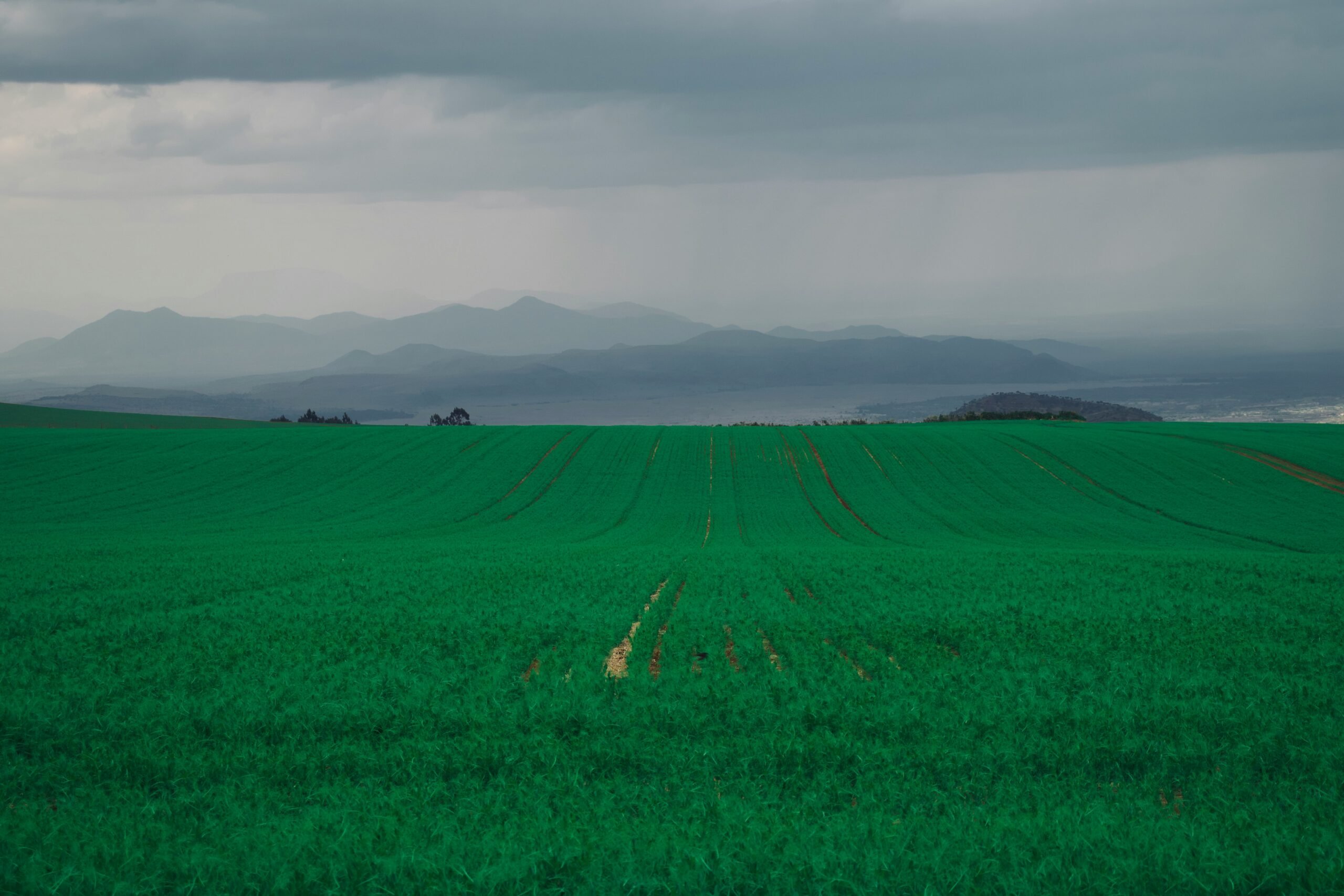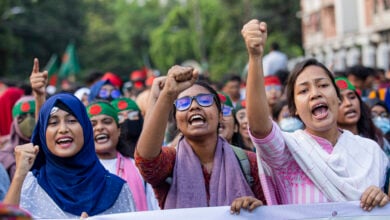UN backs early warnings to save Kenyan crops
Meteorological data and alerts help Kenyan farmers combat drought and famine

Two years ago, Teresa Kahindi harvested nearly two tonnes of maize during a severe drought. Her neighbours in Kilifi County suspected witchcraft, as most couldn’t even produce a single sack of the staple crop amidst the fifth consecutive dry season in eastern Kenya. “They said I was a witch,” Kahindi, 53, mentioned while walking through her fields of black-eyed peas, mung beans, cassava, finger millet, and sunflowers. “But it’s not true. Farming now relies on climate forecasts.”
Kahindi’s successful harvest was due to a sophisticated early-warning system. This system uses advanced meteorological data, radio and text alerts, and on-the-ground teams to help communities take preemptive actions to avoid crop losses. In March 2022, just a month before the rainy season, county officials advised Kahindi to prepare her plots with manure, use dry grass mulching, and plant drought-resistant maize seeds.
“Knowledge can transform farming,” said Kahindi. Funded by the government and various international agencies, Kenya’s early warning system could serve as a model for other countries aiming to meet the UN’s 2022 goal of protecting “all people on Earth” by 2027. The UN launched the Early Warnings for All Action Plan for Africa in Nairobi to speed up the rollout across the continent. “Kenya stands out as a big brother for East Africa in terms of early warning,” said Zablon Shilenje, the World Meteorological Organization’s coordinator for Africa.
As manmade climate change leads to more extreme weather, Kenya’s model allows farmers to adjust their techniques or crops based on forecasts. The Horn of Africa experienced its worst drought in 70 years between 2020 and 2022, affecting 23 million people and costing over $1.8 billion in aid. With the region’s population expected to double to 400 million by 2055, more people will face drought.
Kenya’s early warning system has reduced the impact of disasters, minimising famine risks in one of the world’s most food-insecure regions. During the 2010-2011 droughts, 2.8 million Kenyans suffered from severe hunger. However, thanks to early warnings, a million fewer people were affected in similar droughts in 2016 and 2017, even as US food aid was halved, according to USAID.
The effort to predict droughts started in 1985 with the Famine Early Warning Systems Network (FEWS NET), a USAID-funded programme. Supported by Kenya’s National Drought Management Authority and the Agriculture Ministry, the system uses satellite, crop, and climate data to predict drought risk up to eight months in advance. Local authorities then communicate forecasts to farmers through radio, TV, SMS, and WhatsApp, sometimes providing subsidised fertilisers and seeds.
Advances in data collection and satellite monitoring have made early warnings more reliable, said Chris Funk, director of the Climate Hazards Center at UC Santa Barbara. Improvements include a better understanding of the climatic conditions driving drought in the Horn of Africa and the region’s communications infrastructure. “We have an impressive suite of tools now. It’s been successful in preventing starvation,” Funk said.
A study of FEWS NET data by US researchers found that 92% of early warnings in Kenya were accurate, aided by better monitoring of socioeconomic factors like food prices and violent conflict. Despite the system’s accuracy, critics argue that decision-makers don’t always act in time or provide adequate financial support. “Unless the government and other stakeholders allocate the necessary resources, it won’t work,” said James Odour, former NDMA director. Nelson Mutanda, responsible for early warning systems at the NDMA, mentioned that the government instructed counties to allocate 2% of their annual budgets to early warning and manage the funds locally.
Pre-emptive intervention can save billions of dollars. A World Bank report found that spending $1 billion on early warnings can prevent $35 billion in disaster-related losses annually. Disseminating warnings to rural populations remains a challenge. In Kajiado, home to the Maasai, drought warnings may not be understood due to illiteracy or not delivered due to resource gaps.
“I need help. I would accept training,” said Ole Mwato, a Maasai who lost 20 cows and 80 goats during the 2020-2022 droughts. Some are resistant to labour-intensive tasks like digging water retention pits due to past unreliable forecasts or cultural beliefs attributing rain to the gods. To improve forecast accuracy, FEWS NET is installing 50 low-cost, 3D-printed automatic weather stations across Kenya, including three in Kilifi, capable of sending accurate meteorological data every 15 minutes.
For now, Kahindi leads by example, encouraging local farmers to adapt their methods to future weather conditions. “We must work together to beat famine,” she said.
Frequently Asked Questions
Here are some common questions asked about this news
How does Kenya’s early warning system help farmers?
It provides meteorological data, radio, and text alerts to help farmers adapt to predicted weather conditions.
What was Teresa Kahindi’s secret to a successful harvest?
She used climate forecasts, manure, dry grass mulching, and drought-tolerant seeds to prepare her plots.
Why do some Kenyan farmers not use early warnings?
Challenges include gaps in resources, illiteracy, cultural beliefs, and sometimes unreliable past forecasts.
What impact has the early warning system had on famine risk in Kenya?
It has mitigated the impact of disasters, reducing the likelihood of famine and hunger during severe droughts.
How accurate are Kenya’s early warnings for natural disasters?
A study found 92% of early warnings in Kenya to be accurate, thanks to improved data collection and monitoring.







